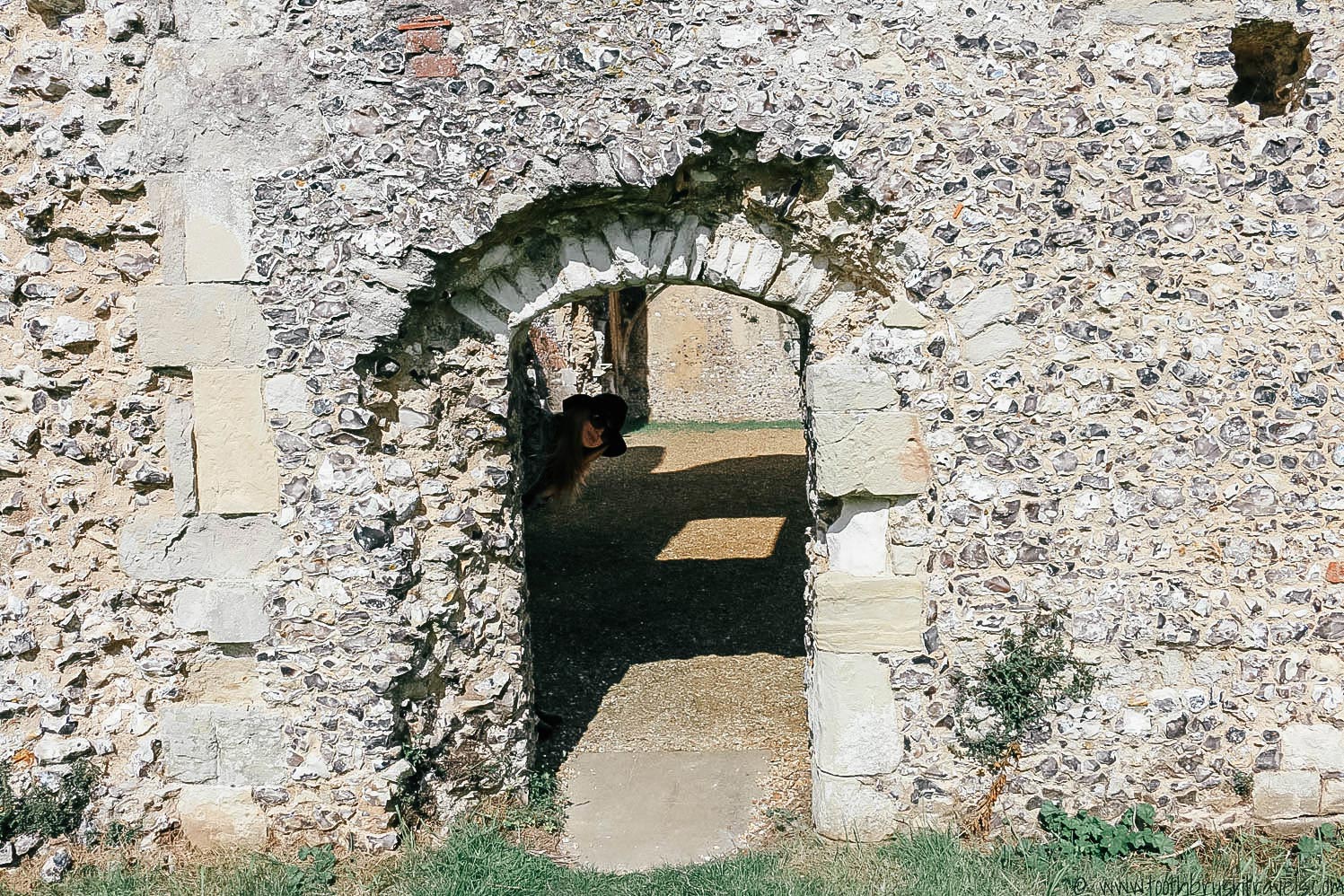Boxgrove Priory Ruins has become a bit of a hotspot for photoshoots in recent years. Scroll through a few local Instagram feeds and you’ll probably spot it, sunlight streaming through weathered stone arches, couples framed by ancient gables, and that unmistakable blend of history and nature that makes for the perfect backdrop.
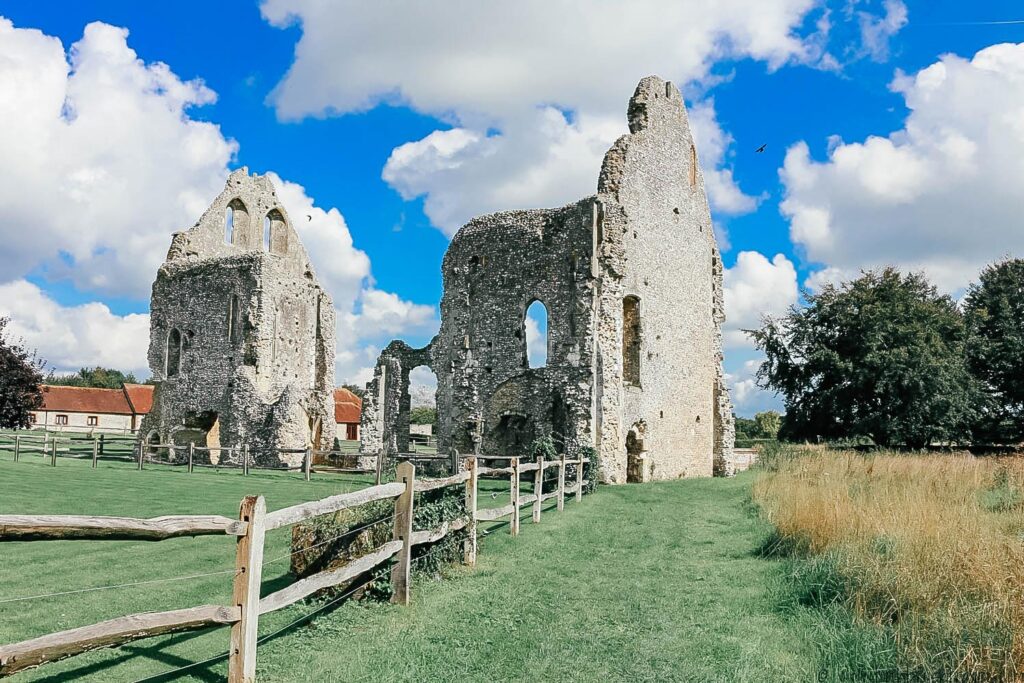
But before Boxgrove Ruins became the it place to have your engagement photos taken, it was a site steeped in history, earning its Grade I listing long before cameras came along.
With the recent streak of glorious English sunshine, I decided to head out for a bit of local exploring. Now, full disclosure, I’m geographically challenged when it comes to country lanes, and Google Maps clearly shares my confusion. I initially ended up at a completely different Boxgrove church, which was very much not the priory ruins I’d set out to find. After a quick countryside detour through Chichester (and a few muttered curses about rural signal strength), I eventually found my way to the actual Boxgrove Priory ruins. (FYI if you’re as directionally cursed as I am, the Boxgrove Priory ruins are near Halnaker) Just look for this Church or the towering remains of the lodging house… You can’t miss it, even if I did.)
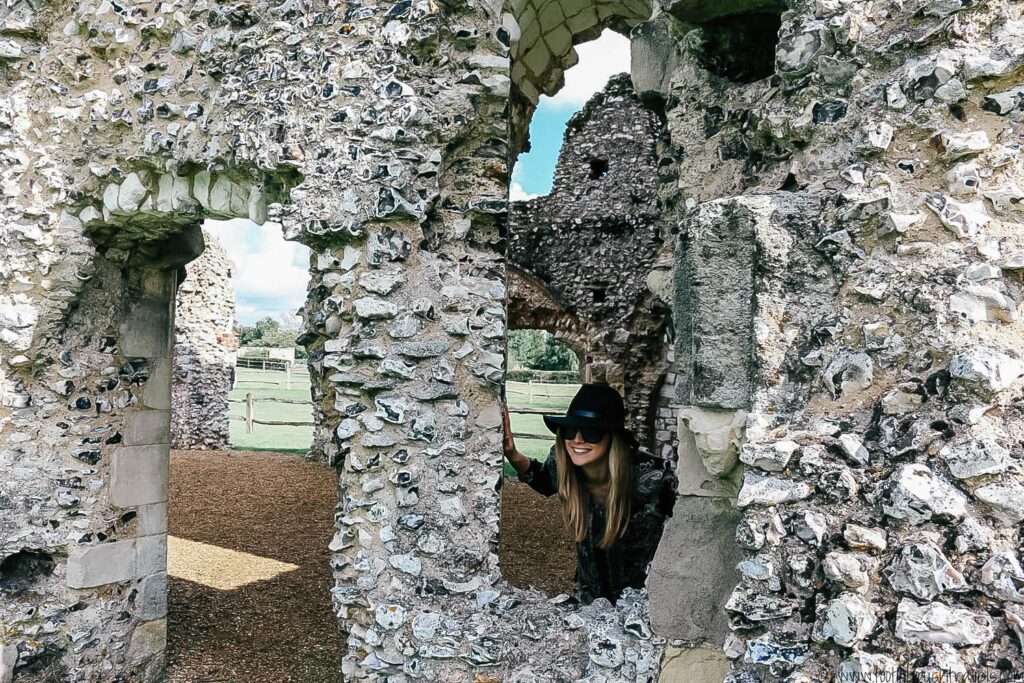
The History Behind Boxgrove Priory Ruins
Boxgrove Priory itself dates back to the 11th century, originally founded by the Lord of Halnaker, Robert de la Haye. It started as a small Benedictine cell of the Abbey of Lessay, with just three monks to its name. Over time, the community grew, becoming a significant monastic site, though it always remained under the oversight of its French mother abbey until the dissolution of the monasteries in 1536 under Henry VIII’s reign. What remains today, the ruins you’re likely to see in countless photos, is the lodging house, a structure that once provided accommodation for the monks and guests of the priory. It’s a striking piece of medieval architecture, even in its reduced state. The towering north and south gables that still stand today are originals, weathered by centuries but still holding their own.
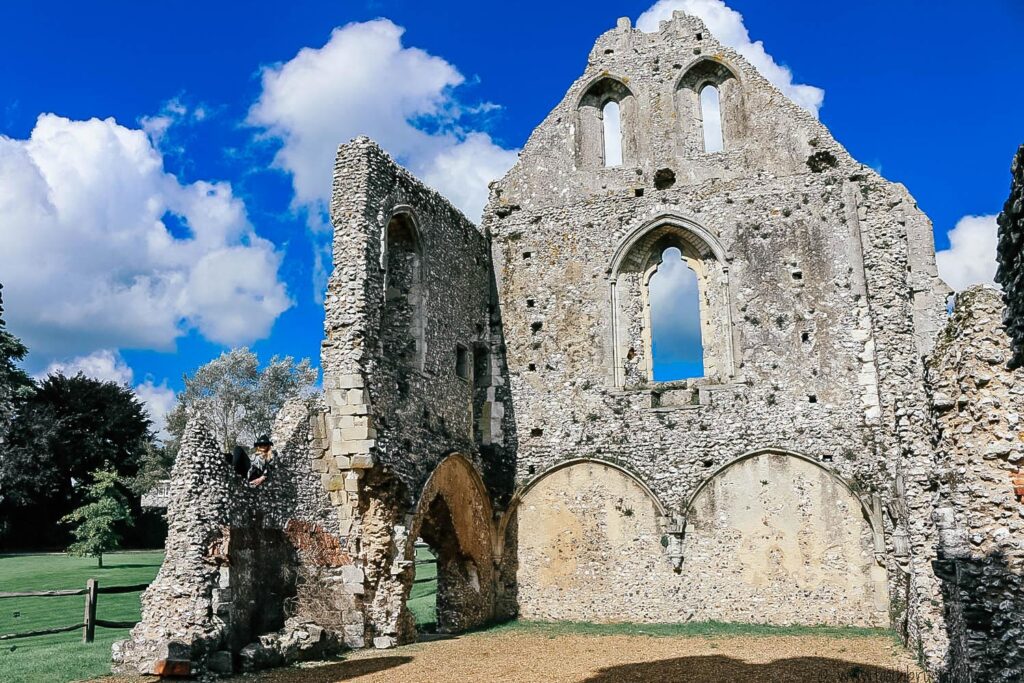
Why Boxgrove Priory Ruins is a Photographer’s Playground
It’s easy to see why the Boxgrove Priory ruins have become such a magnet for photographers. The textures of ancient stone, the play of light through the arched windows, and the contrast of rugged history against the soft greens of the surrounding countryside make for a scene that’s almost too good to be real. There’s something inherently dramatic about the way the ruins frame the sky, and depending on the time of day, you’ll get everything from golden-hour glow to atmospheric shadow play.
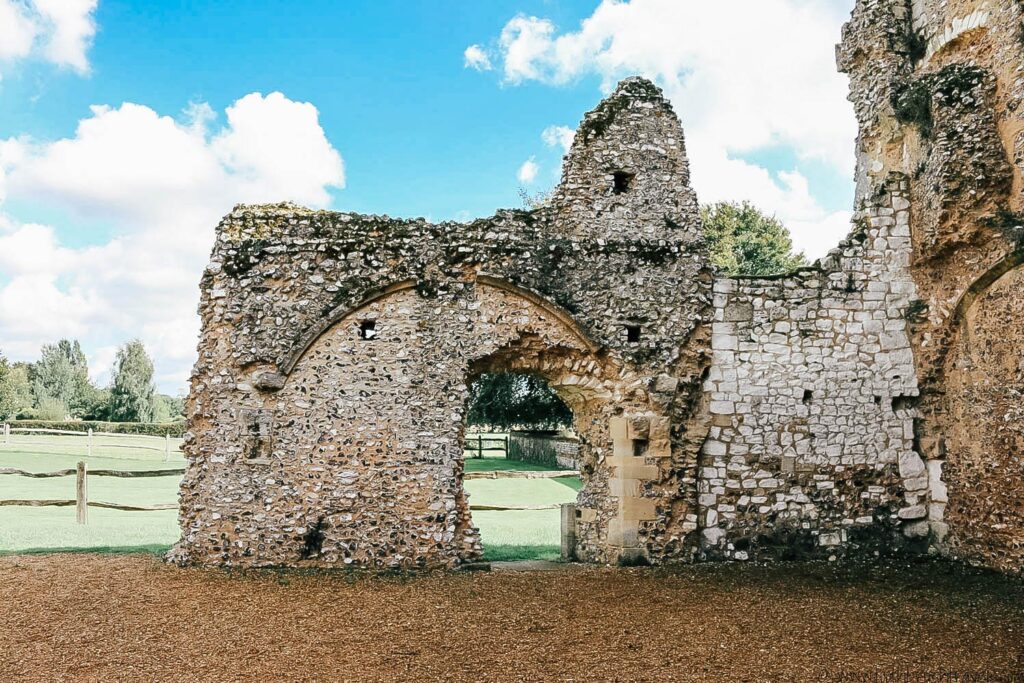
Whether you’re a history buff, a photography enthusiast, or just in need of a bit of peace and quiet, the best time to visit Boxgrove Priory Ruins is early morning or late afternoon if you’re hoping to catch that perfect light—and if you’ve got the time, Halnaker Windmill is a short drive away and makes for a great walk and photo opportunity!
